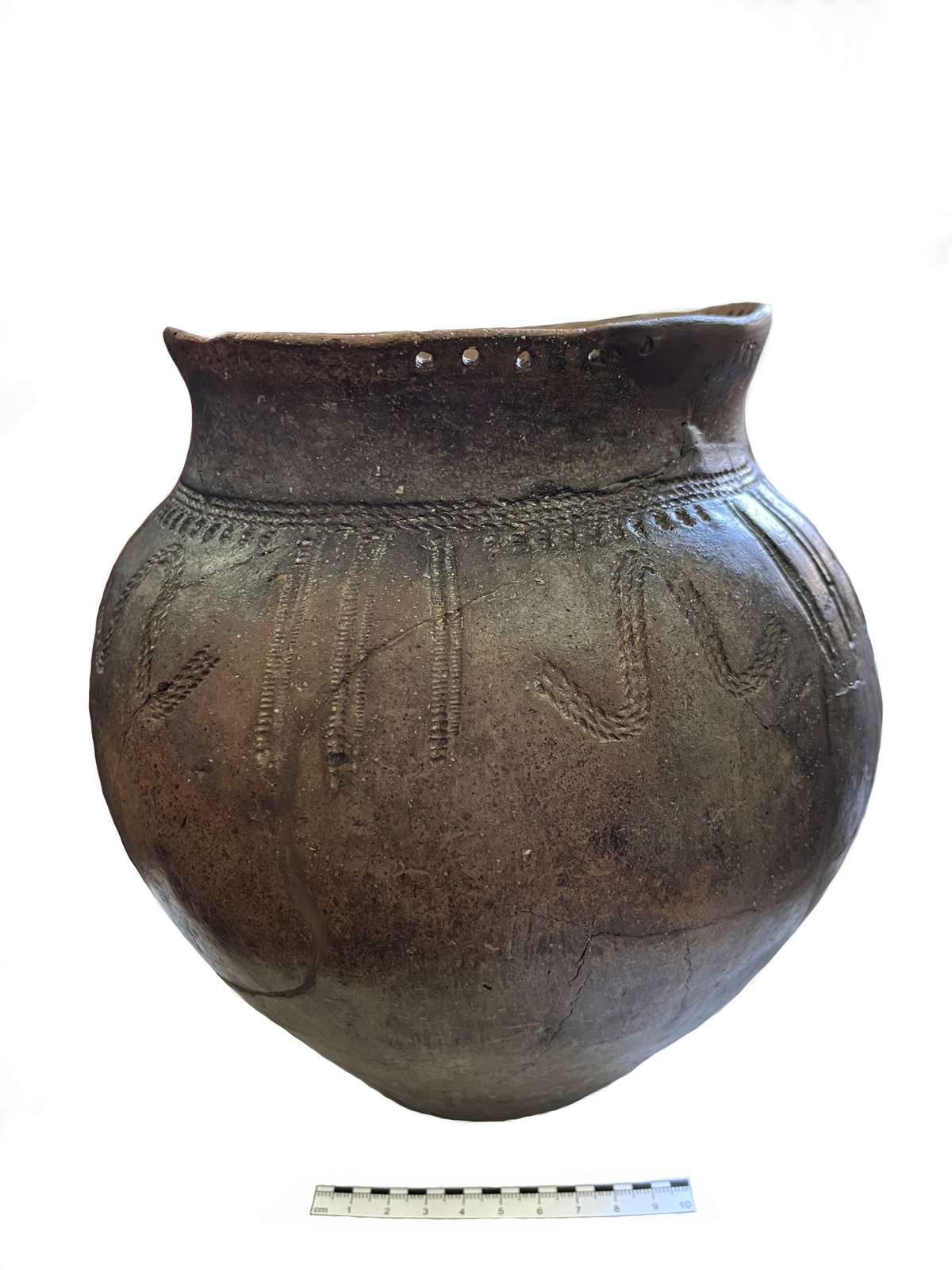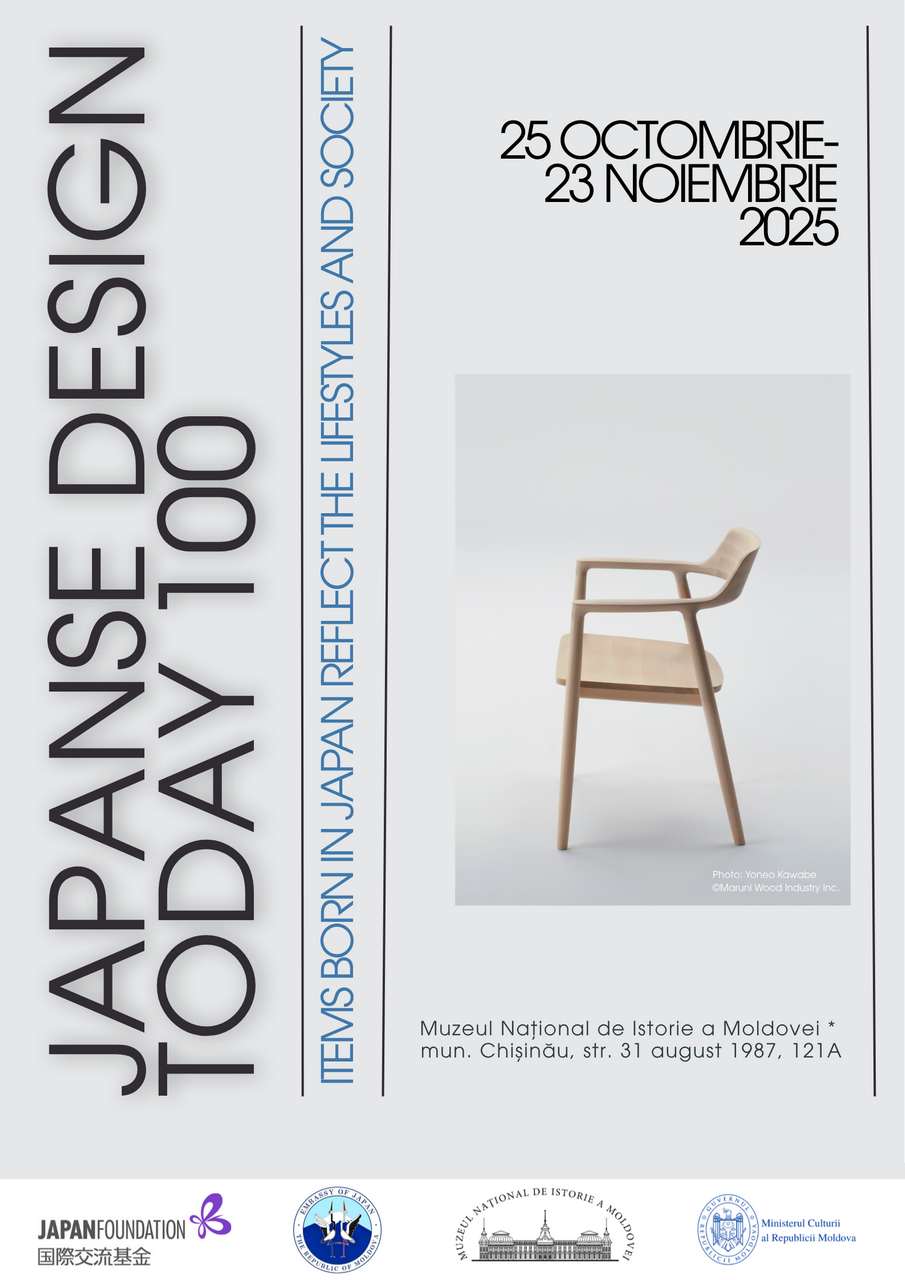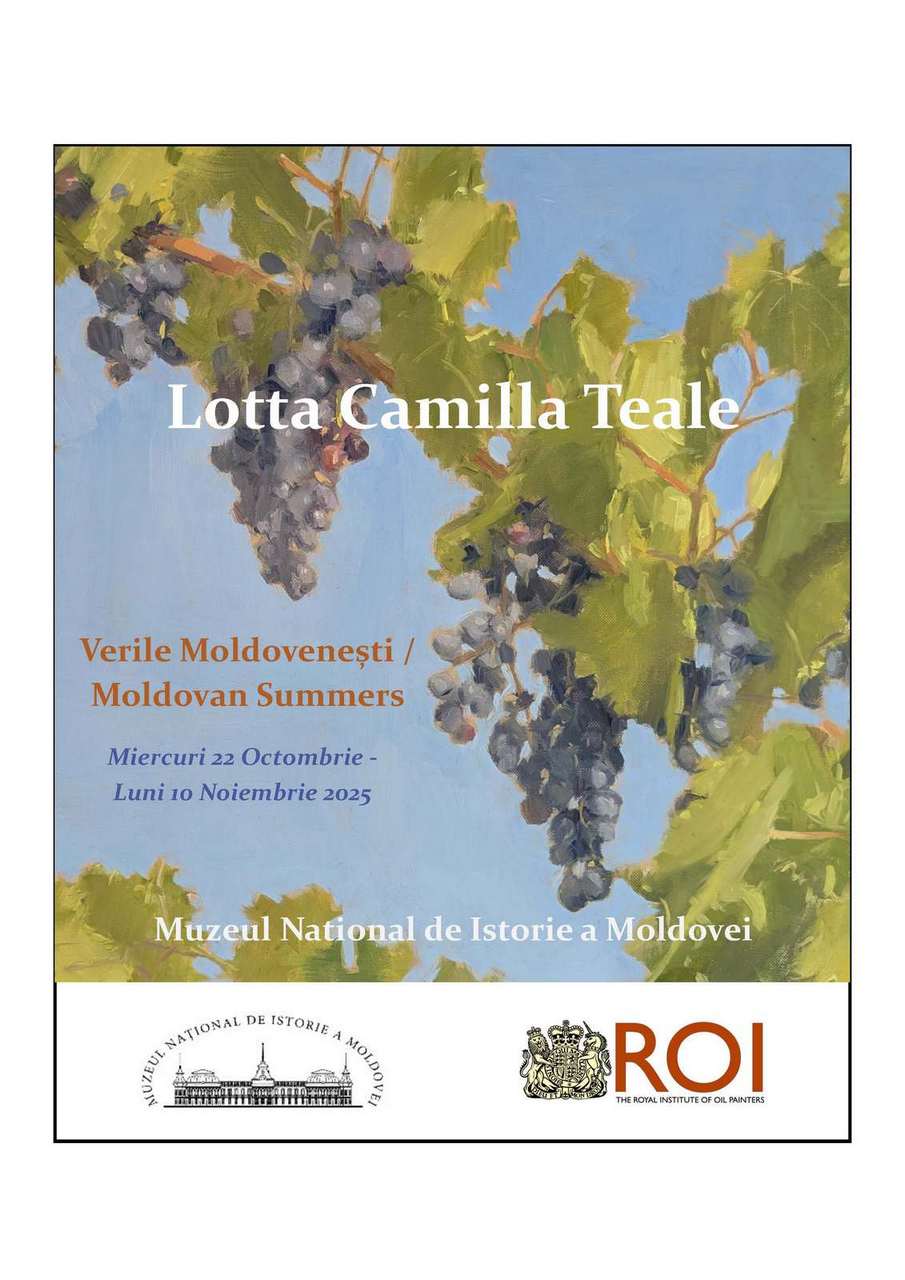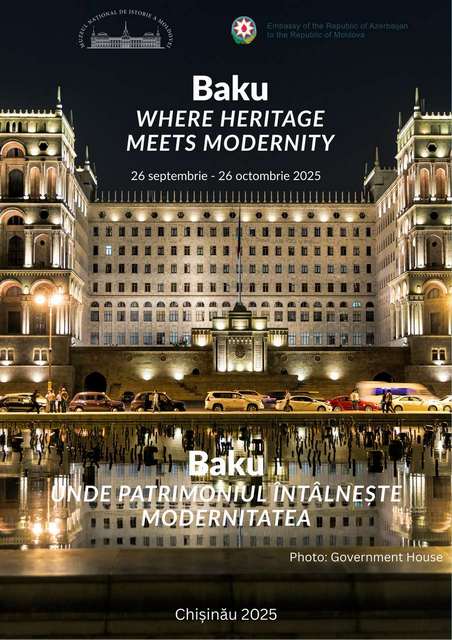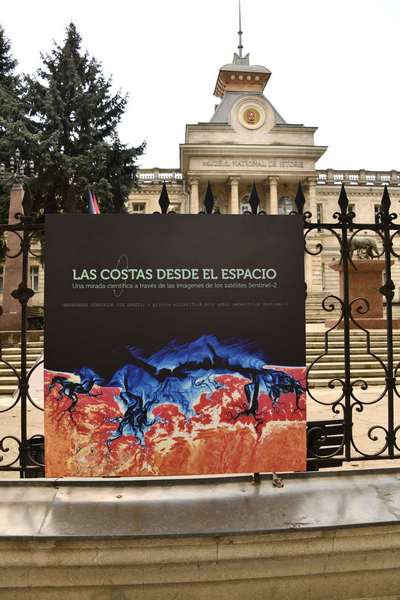  Events Archive Events Archive
Opening of the Exhibition "Moldovan Painters of Jewish Origin"
September 9, 2024
On September 9, 2024, the National Museum of History of Moldova hosted the opening of the exhibition "Moldovan Painters of Jewish Origin," part of the European Days of Jewish Culture Festival. The event took place at the museum's headquarters, Str. 31 August 1989, No. 121A. The exhibition, organized by the Ministry of Culture of the Republic of Moldova, the Jewish Community of Moldova, with support from the Agency for Interethnic Relations, the European Association for the Conservation and Promotion of Jewish Culture and Heritage, the Embassies of Austria and the Czech Republic, the Nativ Mission, and the Israeli Cultural Center, showcased the works of three distinguished Moldovan artists: Eduard Maidenberg, Mihail Brunea, and Iakov Tihman. The event was inaugurated by Dr. Eugen Sava, General Director of the National Museum of History of Moldova, who highlighted the importance and significance of the exhibition within Moldova's cultural landscape. Sergiu Prodan, Minister of Culture of the Republic of Moldova, delivered a speech acknowledging the festival and exhibition's role in celebrating and preserving Jewish cultural heritage. Alexander Bilinkis, President of the Jewish Community of Moldova, spoke about the significance of the exhibition and the contributions of the featured artists to Moldovan and Jewish cultural traditions. Additionally, Marina Anukova, Head of the Nativ Representation in Moldova and the Israeli Cultural Center, extended a greeting, emphasizing the importance of international collaboration in promoting and celebrating cultural heritage. The exhibition featured works by Eduard Maidenberg, born February 10, 1960, known for his contributions to book graphics; Mihail Brunea, born in 1949, recognized for his unique technique combining three-dimensional elements, color, and graphics; and Iakov Tihman, born November 20, 1945, acknowledged for his long-standing dedication to painting, literature, and community leadership.
Open to the public from September 9 to September 14, 2024, the exhibition provided a unique opportunity for visitors to explore the artistic contributions of the three artists, adding depth and diversity to Moldovan and Jewish cultural heritage. The "Moldovan Painters of Jewish Origin" exhibition can be visited from September 7 to September 14, 2024, at the National Museum of History of Moldova, Chișinău, Str. 31 August 1989, No. 121A.
|
 31 August 1989 St., 121 A, MD 2012, Chisinau, Republic of Moldova
31 August 1989 St., 121 A, MD 2012, Chisinau, Republic of Moldova



